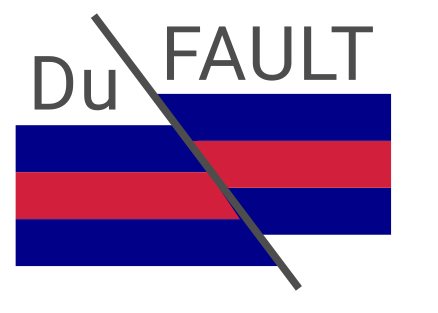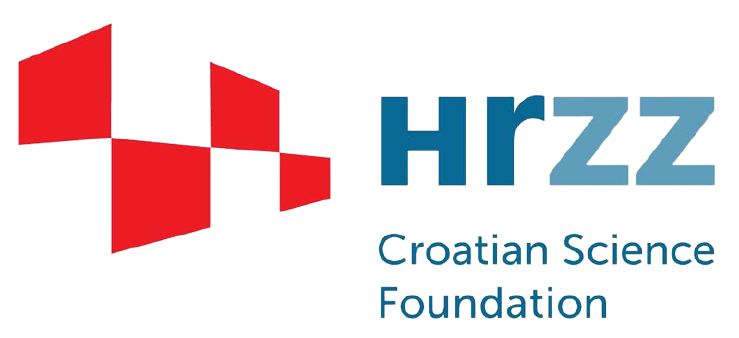During the field work campaign from 26 to 30 August 2024 temporary export-import documents (ATA carnets) for seismic stations DF01 and DF02 in Ljubinje and Bileća (Bosnia and Herzegovina) were successfully extended, and six new temporary seismic stations were deployed in the Dubrovnik-Neretva County, as a part of DuFAULT and CRONOS projects. Seismic stations were installed on locations scouted during the previous field surveys and in cooperation with local authorities and community (Fig 1). The analysis of data from the newly installed temporary seismic network will improve the seismic hazard assessment and contribute to the reduction of the earthquake risk in southern Dalmatia and wider Dubrovnik epicentral area.
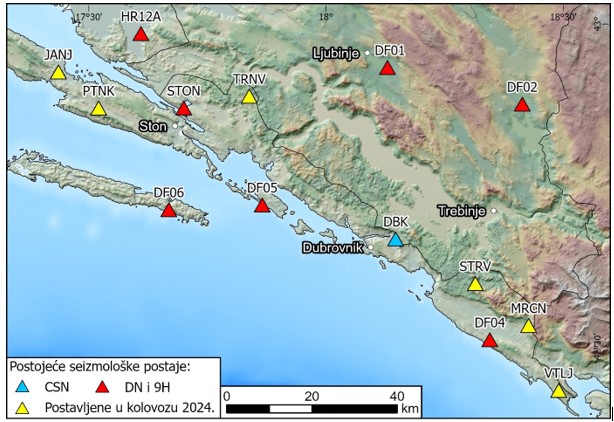
Figure 1. Seismic stations in the wider Dubrovnik epicentral area: blue triangles represent existing permanent seismic stations of the Croatian Seismograph Network, red triangles represent existing temporary station deployed as a part of CRONOS and DuFAULT projects, while yellow triangles represent newly installed seismic stations during the field work campaign from 26-30 August 2024.
Installation of seismic stations was conducted by Josip Stipčević and Marin Sečanj. The first station was installed on August 26 on private property in agreement with the owner in the village of Janjina, on the Pelješac peninsula (marked JANJ in Fig 1). It was necessary to do some groundwork to prepare the surface for the installation of the SmartSolo IGU-BD3C-5 sensor, which contains GPS antenna, battery and internal memory (Fig 2).

Figure 2. Installation of JANJ temporary seismic station in the small town of Janjina on Pelješac peninsula.
On 28-th of August 2024., three temporary seismic stations were installed/deployed in the Konavle municipality based on location preparation from day earlier. Temporary seismic stations were installed in the Stravča village elementary school (STRV, Figs 1 and 3a), community house in Vitaljina village (VTLJ, Figs 1 and 3b) and in the St. Mihovil chapel in the Mrcina village (MRCN, Figs 1 and 3c). Above mentioned seismic stations consist of Trilium Compact sensor, GPS antenna and the Centaur Nanometrics communication unit with internal memory, along with battery and charger, all placed in the protection box (Fig 3). Acquired data is currently stored only locally, on the internal memory with a plan to establish real-time communication with the main server in Zagreb.
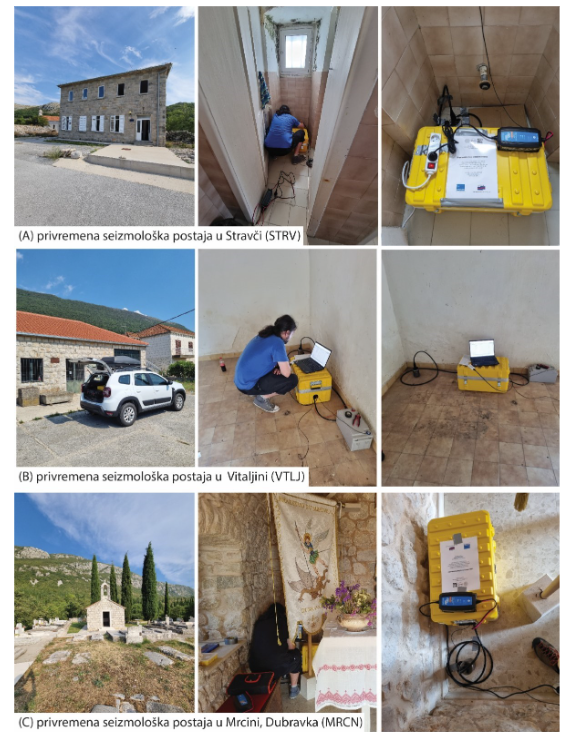
Figure 3. Installation of temporary seismic stations in: (a) Stravča village elementary school – STRV, (b) community house in Vitaljina village – VTLJ i c) St. Mihovil chapel – MRCN in the Konavle municipality.
On 29-th of August we’ve visited seismic station DF01 located in Ljubinje (BiH) which was offline. We’ve identified a problem with the communication unit, successfully fixed it and again established a real-time communication with main server in Zagreb. Also, on the same day the last 2 temporary seismic station were installed in the villages of Trnovica (TRNV) in the Dubrovačko primorje municipality and Putnikovići (PTNK) on the Pelješac peninsula. Seismic station TRNV (Figs 1 and 4a), was installed in the Trnovica village old elementary school. It consists of Trilium Compact sensor, GPS antenna and the Centaur Nanometrics communication unit with internal memory, along with battery and charger, all placed in the protection box (Fig 4a). Acquired data is currently stored only locally, on the internal memory with plans to establish real-time communication with the main server in Zagreb during future fieldworks. Seismic station PTNK was installed (Figs 1 and 4b) in the St. Ana chapel near the Putnikovići village. It consists of the SmartSolo IGU-BD3C-5 sensor, which contains its own GPS antenna, battery and internal memory (Fig 4b).
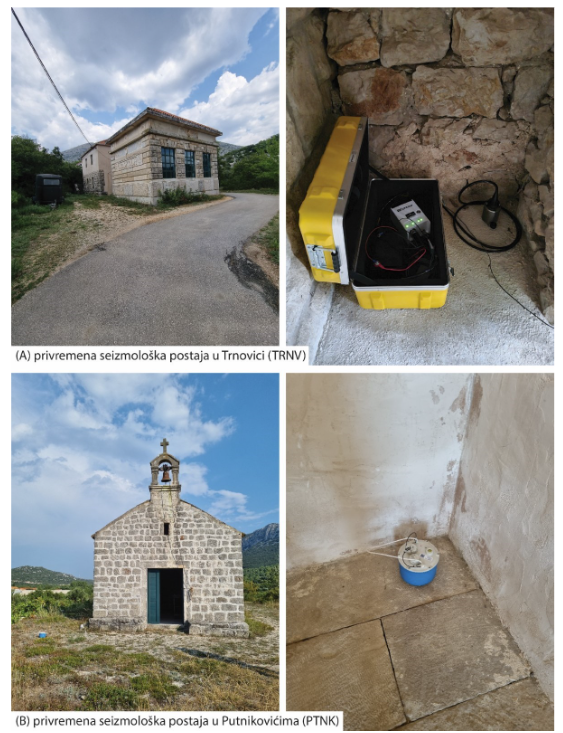
Figure 4. Installation of temporary seismic stations in: (a) Trnovica village old elementary school – TRNV, (b) St. Ana chapel near Putnikovići – PTNK.
Acknowledgment
Installation of temporary seismic stations during this fieldwork wouldn’t be possible without the help of the local community and their help in finding and securing necessary infrastructure. We are very grateful to:
JANJ – Mr. Ivo Jasprica
STRV – Elementary school Cavtat and Stravča (principal Kate Kukuljica and teachers from Stravča)
VTLJ – Konavle Munnicipality (Mr. Pavo Arabulić)
MRCN – Parish of St. Nikola (Don Tonći Prizmić)
TRNV –Dubrovačko primorje municipality and Likovna kolonija association (Mr. Nikola Knežić and Pero Grošeta)
PTNK – Parish of St. Marija Magdalena (Don Mato Puljić)
